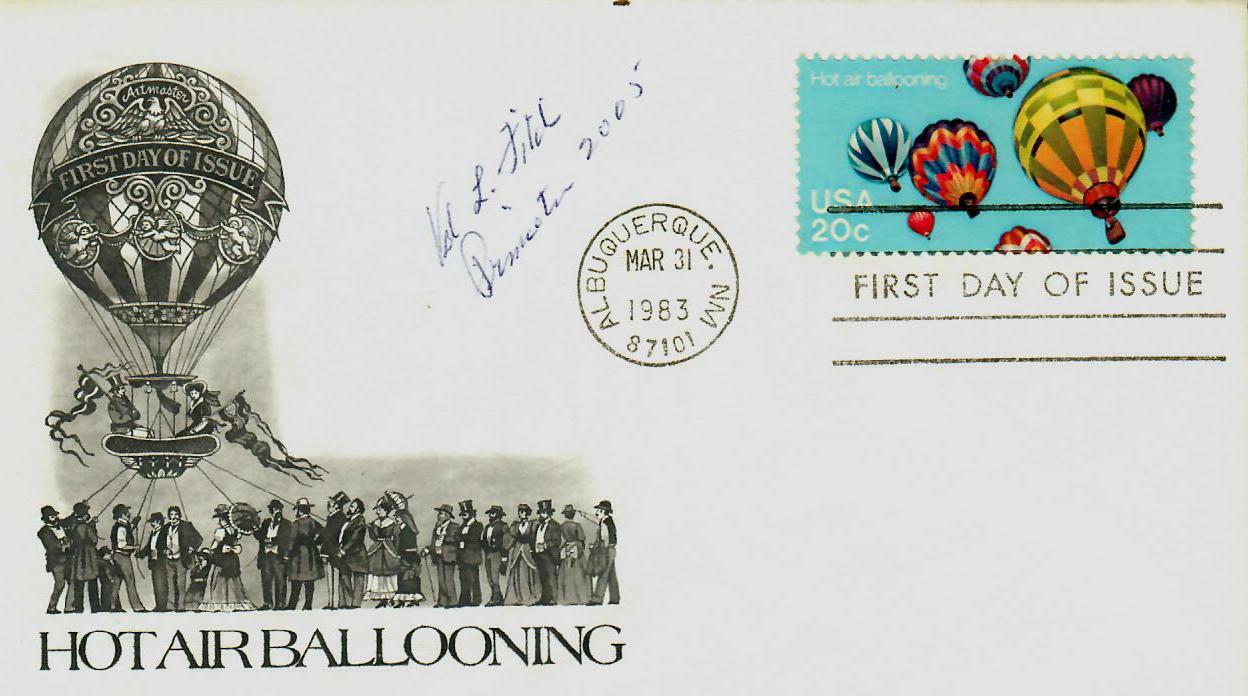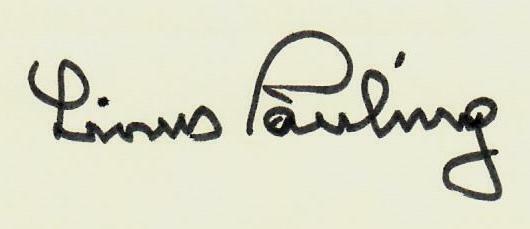-40%
"Loch Ness Monster" Roy Mackal Signed Announcement Dated 1981 Todd Mueller COA
$ 263.99
- Description
- Size Guide
Description
Up for auction a RARE!"Loch Ness Monster" Roy Mackal Hand Signed Announcement Dated 1981.
This item is authenticated by Todd Mueller Autographs and comes with their Certificate of Authenticity.
ES-7898
Roy P. Mackal
(August 1, 1925 – September 13, 2013) was a
University of Chicago
biologist
best known to the general public for his interest in
cryptozoology
. Born in
Milwaukee, Wisconsin
, in 1925, Mackal served in the
United States Marine Corps
during
World War II
before attending the University of Chicago, where he received his B.S. in 1949 and his Ph.D under the direction of
Lloyd Kozloff
. in 1953. He spent the rest of his academic career with Chicago as an educator and researcher.
[2]
Much of his early research with the university was in
biochemistry
and
virology
, and during the 1950s, 1960s, and 1970s, he contributed to the university's influential "virus project", studying
bacteriophages
and the
lysogenic cycle
. He later served as a professor of
zoology
. Mackal was a member of the
American Society for Biochemistry and Molecular Biology
. Mackal is widely considered to be one of the seminal figures in the subculture of
cryptozoology
. According to writer
Daniel Loxton
and paleontologist
Donald Prothero
, "Cryptozoologists have often promoted 'Professor Roy Mackal, PhD.' as one of their leading figures and one of the few with a legitimate doctorate in biology. What is rarely mentioned, however, is that he had no training that would qualify him to undertake competent research on exotic animals. This raises the specter of 'credential mongering', by which an individual or organization feints a person's graduate degree as proof of expertise, even though his or her training is not specifically relevant to the field under consideration."
Along with ecologist
Richard Greenwell
and Belgian zoologist
Bernard Heuvelmans
, he was one of the founding members of the
International Society for Cryptozoology
, which was created in 1982 at the
National Museum of Natural History
in
Washington, D.C.
, with the hopes of bringing a degree of respectability to what is often seen as a
pseudoscience
. The organization published a quarterly newsletter and an annual journal, and members met annually at meetings held at universities throughout the world. Mackal was the ISC’s vice-president for the entirety of its existence, although the organization gradually folded in the early 21st century owing to lack of funding and the deaths of Heuvelmans and Greenwell. Mackal's 1980 book
Searching for Hidden Animals
was negatively reviewed in the
BioScience
journal as a "reflection of mankind's anxiety in the modern world of science and an obvious extension of current interest in the paranormal." Mackal began investigation into the
Loch Ness Monster
phenomenon during the 1960s. In 1965, he went to the
Scottish Highlands
and met several members of the Loch Ness Investigation Bureau, who were monitoring the loch in observation vans in hopes of seeing the creature. Fascinated by their work, Mackal began monitoring the waters himself and, after raising money in America, became the scientific director for the project, a position he held until 1972, when the Bureau disbanded.
[
During this time, the LNIB conducted
sonar
probes of the waters near Urquhart Bay and installed underwater
strobe
cameras with the hopes of providing evidence of the Loch Ness Monster. Mackal also designed a "
biopsy
harpoon", a dart-like contraption he attached to a
submarine
in order to collect tissue samples. The team never had an opportunity to use the biopsy harpoons, and were unable to provide any conclusive evidence that the Loch Ness Monster existed. However, Mackal himself was convinced that something lived beneath the waters after recording his own sighting of the creature in 1970, and in his 1976 book
The Monsters of Loch Ness
, he suggested that a population of large, previously unknown
amphibians
were living in the loch. Mackal later changed his mind and proposed that the creatures were
zeuglodons
, serpentine
whales
believed to have gone extinct several million years ago.










